Mochizuki, Ken
Lee, Dom
Picture book, Multicultural, historical fiction
Lee and Low Books Inc, 1993
Ages 3rd grade and up
This book is about a young Japanese boy who was living in an internement camp in America during WW2.. One day his father said that he was sick of living there and that he was going to build a baseball field to give them something to do. He described himself as being smaller than all of the other kids. He was the last to be picked and the last to go. Many people made fun of him, calling him names and taunting him. It describes his situtation briefly when the Japanese bombed Pearl Harbour and they had to relocate to an internment camp. He described the camp as being hot and he also talked about the dust storms. They lived in barracks. He talks about how back at home they were always so busy, but there they had nothing to do do. This is when his father decided to get some shovels and build a baseball field. When he first started to play he was not very good, but his father kept telling him to keep trying. During the last game he got a very important hit. He took all of his anger and used it when hitting the ball. His teammates were so proud of him and he felt like he belonged. When baseball season came back around he was still the smallest boy . He played with people that were not like him, whites. Poeple yelled at him and called him A Jap and this really hurt his feelings. People were yelling at him and telling him he couldnt do it and once again he took all of that anger, swung the bat and the ball flew.
I really enjoyed reading this book. I think that it is a wonderful way to talk about what happend with younger children. It shows that even though people are telling you you cant do something you can if you believe in yourself. It also shows a good example of how to manage anger. Many children have anger but are unsure how to get it out and i think things like sports and writing and art are good ways. I really loved the illustrations as well. It says in the book that the illustrations were made from beeswax on paper, then scratching out the images and finally adding oil paint for color. That is unbelievable, i almost thought that the illustrations looked like colored pencil.
In the classroom you could use this book for many lessons. You could use it to teach about the Japanese internment camps. There were alot of connections i made between this book and Weedflower, the stories are so similiar. They both talk about being lonely, having a lot of time to spare and many other things like living conditions. It would be good to use both of these books together. Also you could talk about learning to manage your anger in healthy ways. You could even make a lesson out of the illustrations because they were so beautiful, and i have never heard of scratching of beeswax and then adding water color, that would be a really neat topic to research.
Saturday, March 1, 2008
Subscribe to:
Post Comments (Atom)
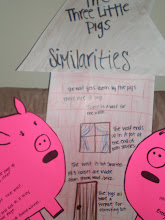
By Barry Moser
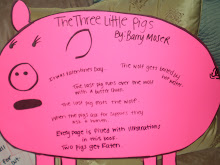
By David Wiesner
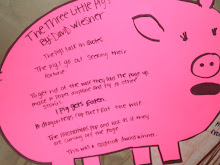
The Three Little Pigs
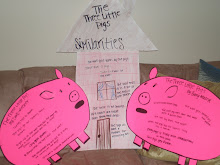












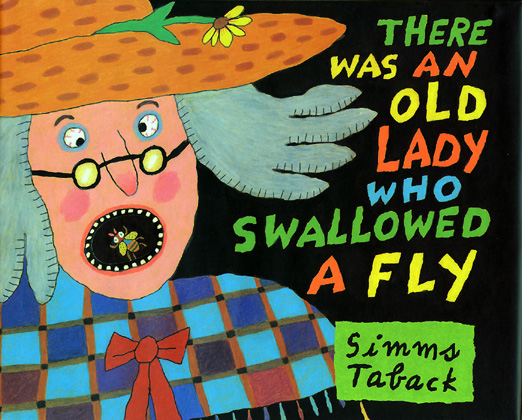
1 comment:
Britney,
Your blog is fantastic! I love your images, color and your personal photos! Thanks for taking the time to really personalize your blog!
For this entry, you need to add that this is also historical fiction. Well-written summary and response; I appreciate the connections you made to Weedflower and how specific you were in describing the illustrations. You do, however, need to reference the context of this story taking place in America during WWII. Please add this missing piece.
Post a Comment